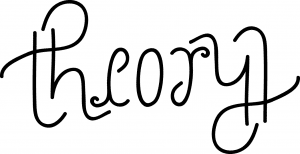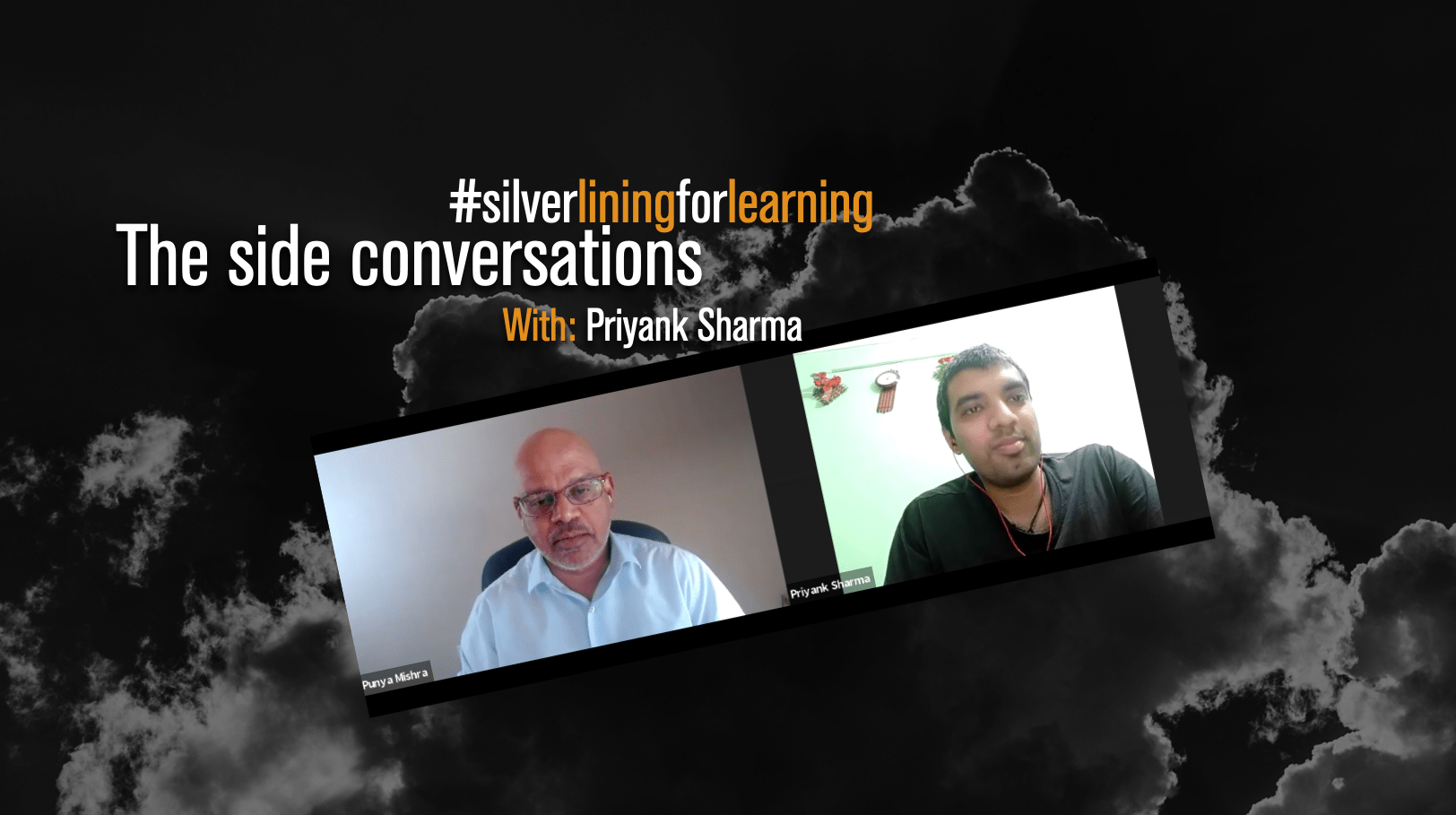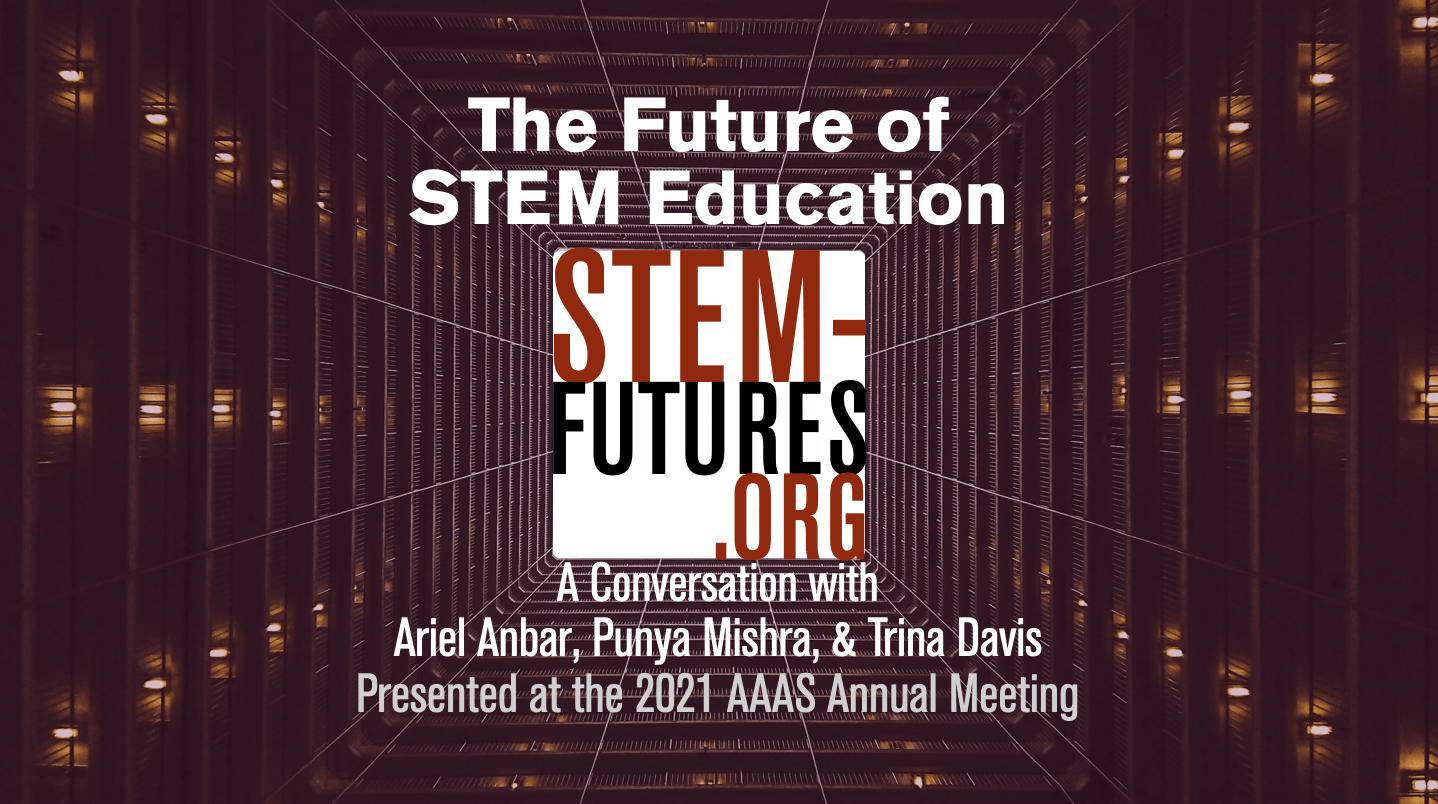
Ambigram for the word “Theory” by Punya Mishra
My first real research study was one that I conducted back when I was a graduate student under the mentorship of Bill Brewer. It was designed as a classic educational psychology memory study and though I have done little along those lines recently, it is a study that I am quite proud of. For one reason or another I had not posted it on to my website and when I came across it today, while chatting with a doctoral student, I felt it was time to dust it off and offer it to the world, once again. Here is the reference and abstract and a link to the actual article (below the jump).
Sharing one of my newer ambigram designs, for the word “theory”, see above, was an added bonus.
Mishra, P. & Brewer, W. F. (2003) Theories as a form of mental representation and their role in the recall of text information. Contemporary Educational Psychology, 28, p.277-303.
This paper presents the results of two experiments investigating the role of instructed theories in the recall of text information. Participants in the experimental group read an explanatory scientific theory followed by a passage containing data either relevant or irrelevant to the corresponding theory. Control participants read non-explanatory theory passages and the same data passages. Both groups were asked to recall just the data passages. The experimental group showed improved recall for theory-relevant items and reduced recall for irrelevant items compared to the control group. This pattern of results suggests that the memory facilitation is due to theory-based attention processes leadingto the construction of knowledge structures that combined elements from both the theory and the data passages. The results support approaches to instruction in science education that focus on the understanding of scientific theories versus those that emphasize the accumulation of facts. This research also offers insight into the importance of student motivation in understanding scientific theories.



0 Comments
Trackbacks/Pingbacks